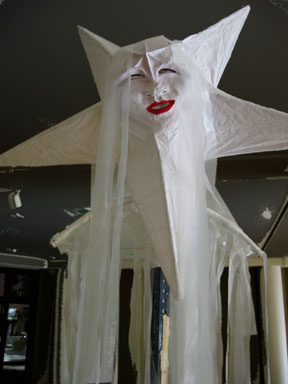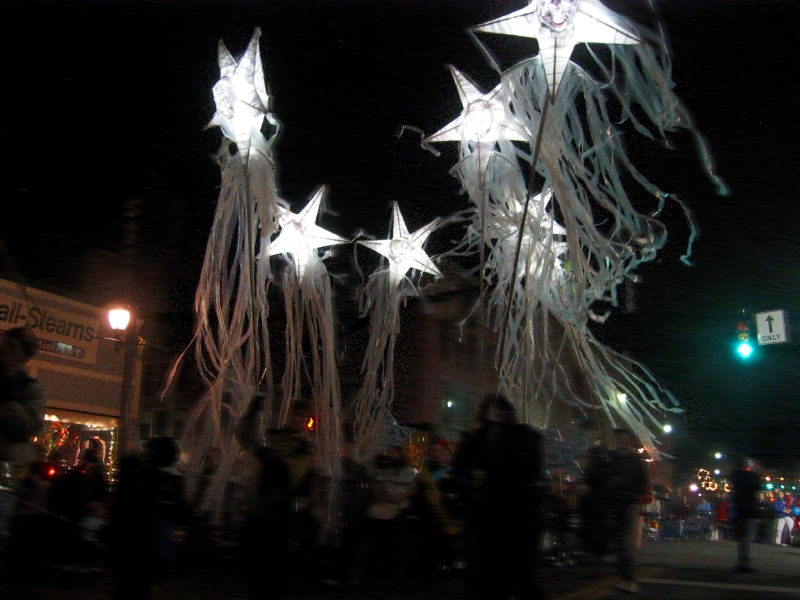 For many Native American tribes, the constellation of the Pleiades, or the Seven Sisters, is an important marker for the passage of time. This is particularly true in the northeast, where the constellation appears in the spring and vanishes below the horizon with the onset of winter. For the tribes indigenous to the Broome County region, such as the Iroquois (Mohawk) and Algonquin, the cycle of the Pleiades was vitally important, as it delineated the frost-free season during which maize could be cultivated.
For many Native American tribes, the constellation of the Pleiades, or the Seven Sisters, is an important marker for the passage of time. This is particularly true in the northeast, where the constellation appears in the spring and vanishes below the horizon with the onset of winter. For the tribes indigenous to the Broome County region, such as the Iroquois (Mohawk) and Algonquin, the cycle of the Pleiades was vitally important, as it delineated the frost-free season during which maize could be cultivated.
There are many legends about the Seven Sisters. One Onandoga tale is set in the late autumn, during the trip to the tribe's hunting grounds. A group of seven children, left idle when their elders went off to hunt, occupy themselves each day with festive dancing. Ignoring a mysterious white-feathered figure who warns them such levity would come to no good, they continue their dances. Their revels leave them hungry, and they ask for food for their elders, who refuse them and admonish the childrens' frivolity. As the daily dancing continues, the children grow lighter and lighter, and eventually begin floating towards the heavens, where they remain to this day.
In our interpretation of the Pleiades myth, we chose to avoid using overtly traditional imagery from Native American art, since such images play a specific and sacred role in a still-active ritual practice. Instead, we have personifies the the Seven sisters through seven illuminated star figures, trailed by diaphonous costumes that trace their path through the heavens.

 Return to main page
Return to main page